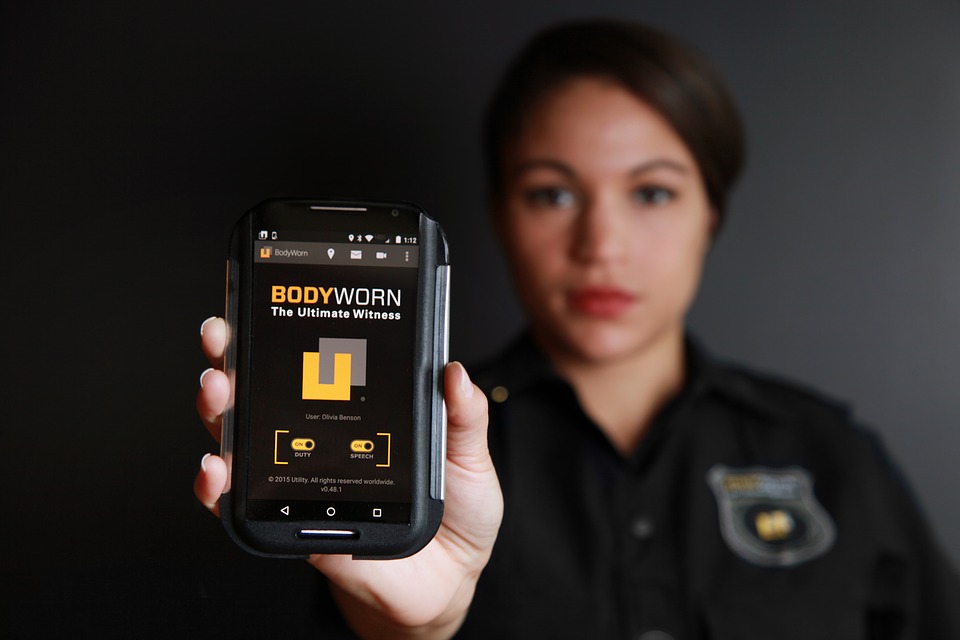In this episode, Marcello Sukhdeo talks about body-worn camera technology and the benefits and challenges of it. Also, he shares the latest Vanguard’s Game Changers that will be published in the Apr/May issue.
Show Notes
Body-worn Cameras
Over the recent months and years, we have seen incidents of the use of force by law enforcement officers triggering a public outcry and civil rights concerns.
Many police services have started experimenting with body-worn cameras to help protect their officers while having a record of their interactions with the public.
But this according to an article written by Valarie Findlay there is uncertainty about how much body-worn cameras will help with officers’ interactions with the public — and whether it will improve the behaviours of both the public and police officers in all situations?
Recently Ottawa Police Services announced they will be launching a body-worn camera pilot project to test the effectiveness of this technology.
But the question to ask is: Are Canadian law enforcement organizations — and the public — ready for the challenges that come with the technology?
To get the answer we need to take a look at the early body-worn camera programs, such as the one with Devon and Cornwall Police (UK). The focus was on getting evidence and preserving victim first-disclosure. Also, to reduce public complaints and inappropriate behaviours while being a tool to reduce the use of force.
In the U.S., for example, the demand for body-worn cameras and rapid adoption have ramped up as a result of increased racial conflicts and race-related shootings in interactions with police. In in the U.S. in 2013, about 95 per cent of the 17,500 state and local law enforcement agencies were either committed to body cameras or had completed their implementation. That’s a high percentage.
Many of these pilot programs have produced data indicating high success rates, but what does the research say? Studies showed that body-worn cameras did improve complaints and interactions, but further examination of the data revealed that some officers wore cameras only half of the time, on the positive side, complaints were resolved quickly due to the accessibility of video evidence.
As the acceptance of this technology by the public and by officers grows, there are concerns over privacy. Privacy and the cost to implement and sustain this program are the main challenges that the body-worn camera project faces.
For Canadian law enforcement organizations, they are in a good position to glean lessons learned in the U.S. and the U.K. before implementing and by then the cost of this technology and deployment will hopefully be more affordable to warrant implementation.
Vanguard’s Game Changers
- Len Anderson, CEO of Renaissance Repair and Supply and Terra Nova Eng
- Philippe Dupuis, President of Precision 3D
- Duane Barry, VP of Business Development and acting Managing Director of QinetiQ Canada
For the full interviews, go to VanguardCanada.com and click on the Game Changers tab.

